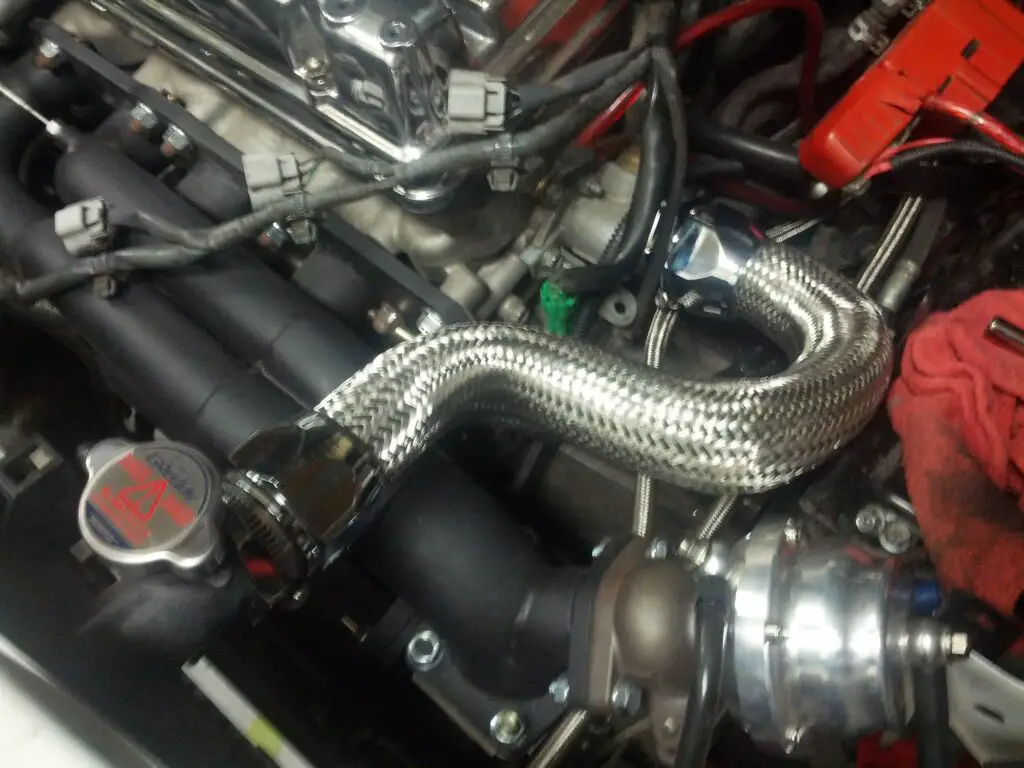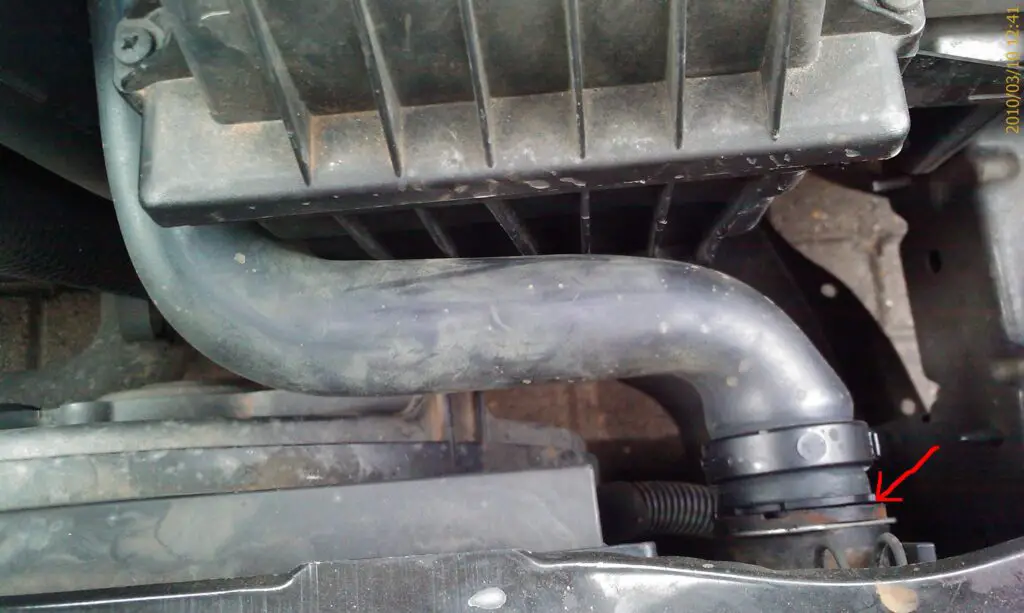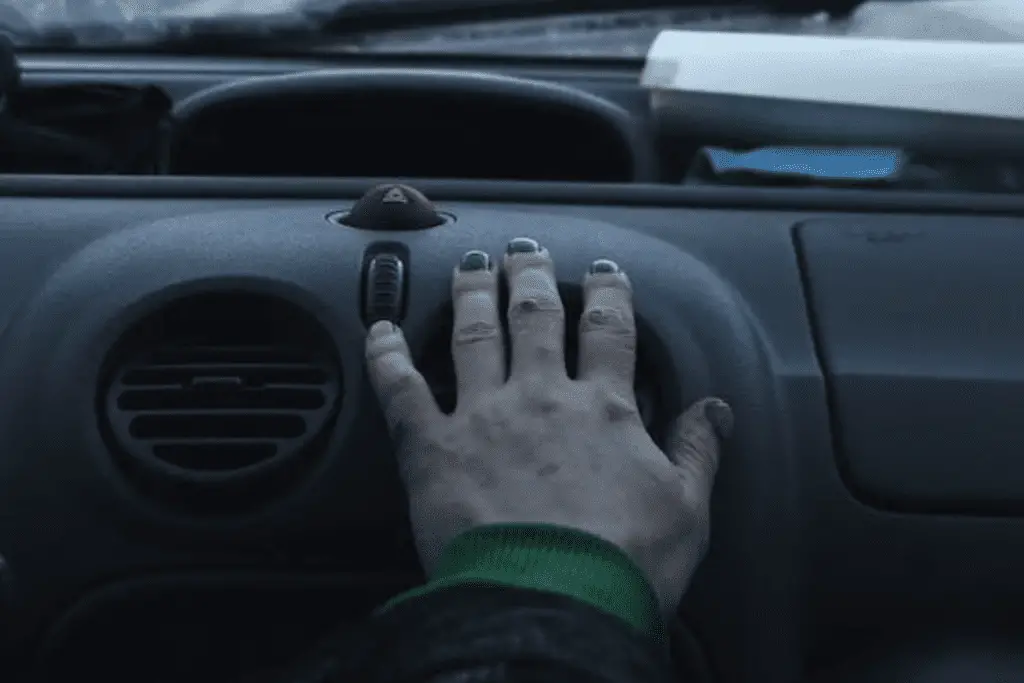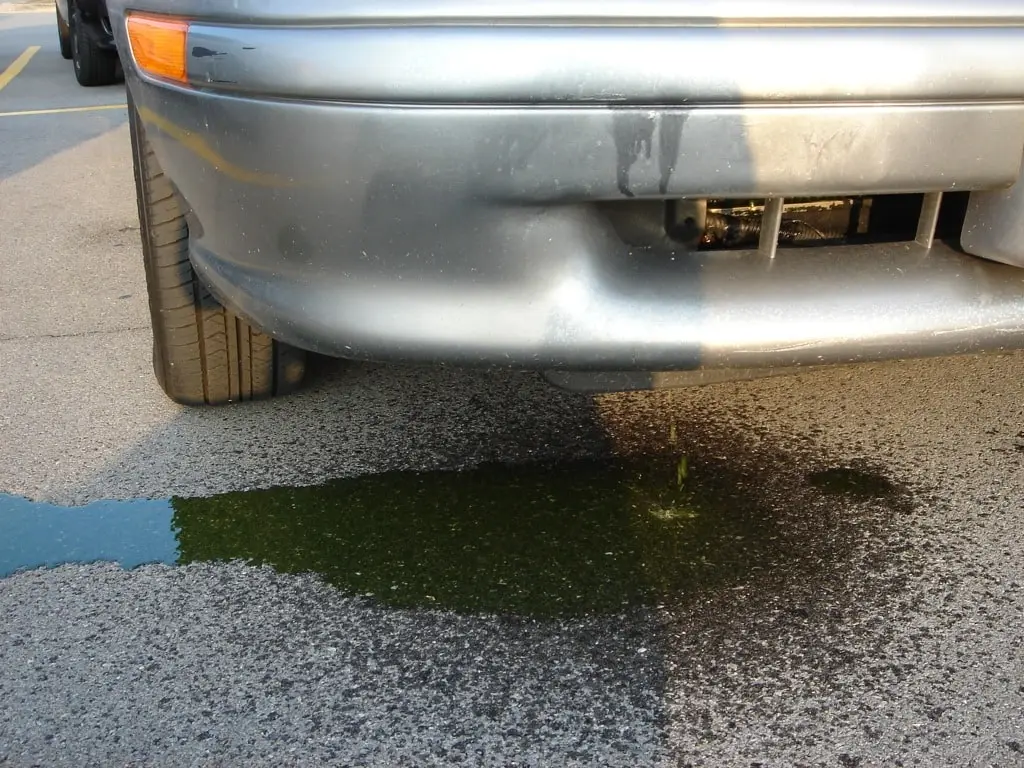Blown Radiator Hose? Radiator hoses play a critical role in your vehicle’s cooling system. These rubber hoses funnel hot coolant from the engine to the radiator, and back again. But when radiator hoses fail, it spells trouble. In this comprehensive guide, we’ll explore what causes radiator hoses to pop off and detail proven methods to get them working properly again.
Radiator Hose Anatomy and Function
Radiator hoses connect components of the cooling system to circulate engine coolant. There are two main hoses:
Upper Radiator Hose
The upper radiator hose carries hot coolant from the engine to the top of the radiator. It attaches to the outlet fitting on the engine, routing up to the radiator filler neck.
Constructed from durable rubber reinforced with fiber, the upper hose must withstand hot fluid straight from the engine. It also has to endure vibration and maneuvering stresses.
Lower Radiator Hose
The lower radiator hose returns cooled coolant from the bottom of the radiator back to the engine. It connects the radiator outlet to the water pump inlet.
The lower hose handles lower temperatures but still must be flexible and durable. This hose is responsible for completing the coolant circuit to keep fluid circulating.
Both hoses play crucial roles in maintaining proper engine temperature. Malfunctioning radiator hoses can lead to overheating, fluid loss, and severe engine damage.
Why Radiator Hoses Fail
Blown Radiator Hose. Radiator hoses face punishing conditions. Here are the most common reasons they fail:
Wear and Age
The constant exposure to heat cycles, vibration, and pressure takes a toll on radiator hoses over time. As rubber hoses near the end of their lifespan, you may notice:
Cracking
Heat and physical stress causes the rubber to dry out and develop small cracks. These tiny cracks allow seepage of coolant.
Brittleness
Extreme hardening of the rubber makes the hose rigid and inflexible. A brittle hose is prone to cracking with movement.
Bulges
Localized weak spots in the hose give way under pressure, ballooning out into bulges. These indicate the inner wall is degrading.
Mushy Spots
Segments of the hose may become soft and mushy as the material decomposes. This leads to weakness and imminent leakage.
Loose Fit
As the hose ages, its shape can distort. This leads to a loose fit on the radiator and engine fittings, allowing coolant to escape.
Replacing worn-out hoses prevents age-related failures. Most rubber hoses deteriorate after 5-7 years of use.
Loose Clamps
The clamps keep the hoses firmly attached to the fittings. If these worm gear or spring clamps become loose, the connection can fail:
Leaking
A loose clamp enables the coolant to slowly seep out between the hose and fitting. Dirt buildup can accelerate this leaking.
Blow Off
As pressure spikes inside the cooling system, a loose clamp can allow the hose to violently blow off the fitting and spill coolant.
Regularly inspecting and tightening hose clamps is essential to avoid detachment. Replace rusty or damaged clamps.
Blown Radiator Hose – Coolant Contamination
Contaminants in the engine coolant can lead to Blown Radiator Hose:

Rust and Scale
As coolant ages, rust, and mineral deposits accumulate. This abrasive sludge forces its way through the hoses, eroding the inner walls.
Oil Sludge
Oil leaks mixing with coolant create a heavy sludge. This sticky contaminant can obstruct hoses and cause degradation.
Chemicals
Improper coolant mixtures and additives can induce cracks or soften the rubber hoses. Harsh chemicals accelerate the breakdown.
Flushing the cooling system yearly removes harmful contaminants that sabotage hoses from the inside.
Excess Pressure
Spikes in cooling system pressure from issues like stuck thermostats, clogged radiators, and head gasket leaks can cause hoses to fail:
Bursting Off
Pressure spikes beyond the strength of the hose and clamps force the hose to blow off fittings, spewing coolant.
Bulging
Areas of weak hose material give way to pressure, ballooning out into bulges. These indicate impending rupture.
Collapsing
The high vacuum is created when the pressure drops very low and collapses the hoses are flat. Kinked collapsed hoses impede coolant flow.
Pinpointing pressure problems requires testing components like the radiator cap and pressure levels in the system.
Signs of Failing Radiator Hoses
Watch for these warning signs of radiator hose trouble:
- Bulging, cracked, or mushy hoses
- Weeping coolant stains near connections
- Upper hose much hotter than lower hose
- Constant need to top off the coolant level
- Overheat warning light comes on
- Rising temperature gauge readings
Catching problems early allows repair before catastrophic hose failure. Conduct periodic inspections to spot issues brewing.

Testing and Replacing Radiator Hoses
Use these steps to thoroughly inspect and fix faulty or Blown Radiator Hose:
Physical Inspection
- Allow the engine to fully cool, then visually inspect all hoses for cracks, leaks, bulges, kinks, or soft spots.
- Wiggle the hoses – they should not move on the fittings if clamps are tight.
- Squeeze hoses along the length – look for spongy sections indicating advanced deterioration.
Blown Radiator Hose? Replace any hose showing these warning signs of failure.
Clamp Inspection
- Check all hose clamps for rust, damage, and proper tightness.
- Grab the hoses near the clamps and twist slightly – no movement should occur.
- Tighten any loose clamps. Replace severely corroded or defective clamps.
Quality worm gear clamps provide a secure hose connection.
Temperature Check
- Feel along the upper hose after driving – it should be hot.
- Lower hose should be warm but not scalding if the radiator is cooling properly.
- Equal temperatures indicate restricted coolant flow.
Pressure Test
- Use a cooling system pressure tester on the radiator cap and filler neck.
- Watch for leaks indicating cap failure.
- Test pressure-holding ability. A drop over time points to internal issues like head gasket leaks.
Properly functioning components keep pressure in the optimal range.
Hose Replacement
- Release any residual pressure and drain some coolant before fitting new hoses.
- Detach old hoses from barbs or fittings and discard them.
- Install new hoses of the correct size and material. Ensure a tight fit.
- Secure with quality clamps and ensure they are snug.
- Refill the coolant system and check for leaks.
Preventing Radiator Hose Failure
Blown Radiator Hose. Practice proactive maintenance and inspections to maximize hose lifespan:
Use Quality Hoses
- Choose premium hose materials like fluoroelastomer rather than basic rubber.
- Ensure replacement hoses provide a precise, tight fit.
- Only use hoses rated for the pressures and heat levels of your vehicle.
Replace at Scheduled Intervals
- Stick to manufacturer guidelines for hose replacement intervals.
- Typically replace hoses every 5-7 years or 60k miles before age-related cracking begins.
Clean Connections
- When servicing the cooling system, clean dirt and grime off all hose connection points.
- Keeping connections clean reduces leaks and blow-off incidents.
Secure Clamps
- Verify clamps are snug at each inspection. Tighten as needed.
- Replace rusty or damaged clamps. Avoid reusing old clamps.
Flush Coolant
- Use a radiator flush to clean out contaminants annually or every 30k miles.
- Keeping coolant pure maximizes hose life span.
Proper care keeps radiator hoses supple, leak-free, and working well for years of driving.
FAQs from Frustrated Drivers For Blown Radiator Hose
Still, scratching your head over those headaches? These common questions provide clues:
Q: What happens when a radiator hose blows?
A: Coolant will spew out causing steam and engine overheating. You’ll need to stop ASAP and call for a tow unless it’s an easy hose replacement.
Q: Can I drive with a blown radiator hose?
A: No way! Driving with a detached hose enables coolant loss and overheating. Tow your vehicle to avoid severe engine damage.
Q: How do I know if my radiator hose is blown?
A: Look for coolant spraying out, low coolant levels, or a disconnected hose. The temperature gauge rising or overheating light coming on points to a blown hose.
Q: How do you fix a blown radiator hose?
A: Reattaching or replacing the problem hose with a proper clamp solves it. Inspect the rest of the cooling system for leaks. Refill the coolant to the proper level.
Q: What causes a radiator hose to burst?
A: Excess pressure from issues like a stuck thermostat, blocked radiator, or failed head gasket can cause a blow-off. Also, wear, dry rot, and loose clamps.
Q: How do I know if my radiator is damaged?
A: The radiator leaking coolant is the main sign. You can pressure test the radiator cap and cooling system to check for other damage.
The Bottom Line – Blown Radiator Hose
Radiator hoses endure intense demands. However staying vigilant for signs of wear, testing cooling system health, and practicing preventive maintenance helps avoid being left stranded with failed hoses. With the right knowledge, your hoses will keep your engine running cool for the long haul.

